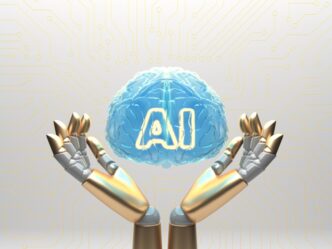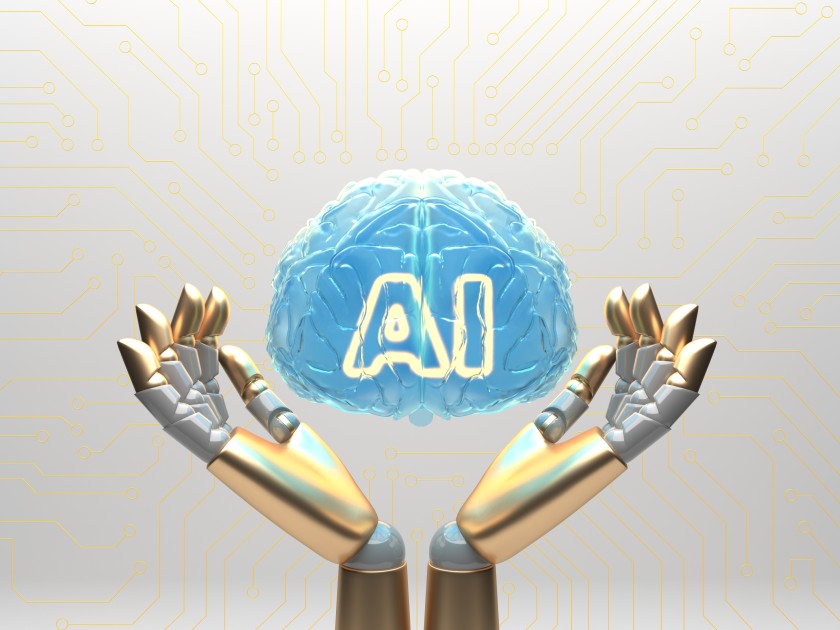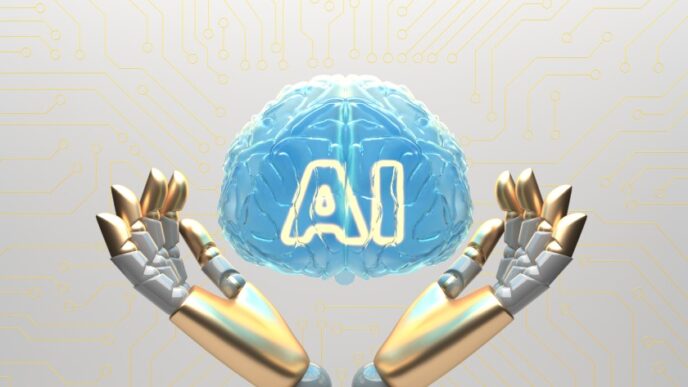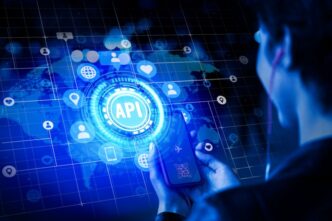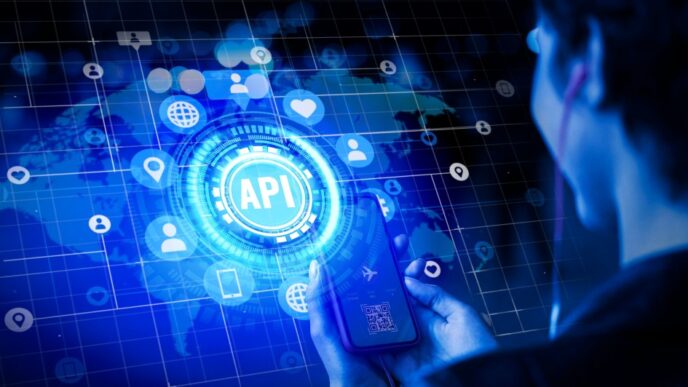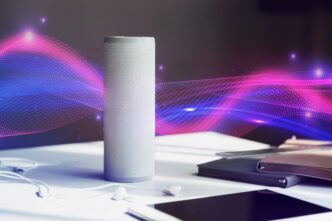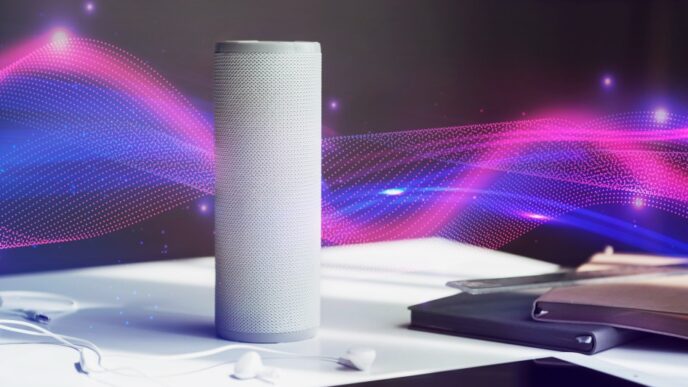Introduction
In the fast-paced realm of AI application development, three frameworks have really made a name for themselves: LangChain, AutoGen, and CrewAI. Each one brings its own set of unique features to the table for crafting AI agents, streamlining workflows, and weaving large language models (LLMs) into applications. So, which one should you pick for your project?
Understanding the Frameworks
LangChain
Overview: As the most established and widely used framework, LangChain offers essential building blocks for developing applications powered by LLMs.
Key Features:
– Modular components designed for LLM interaction
– Memory management tailored for conversational applications
– Extensive integrations with various data sources and tools
– Compatibility with multiple LLM providers (like OpenAI, Anthropic, etc.)
Use Cases:
– Chatbots and conversational AI
– Document analysis and answering questions
– Data-aware AI applications
“`python
from langchain.chat_models import ChatOpenAI
from langchain.prompts import ChatPromptTemplate
chat = ChatOpenAI()
prompt = ChatPromptTemplate.from_template(“Tell me a joke about {topic}”)
chain = prompt | chat
chain.invoke({“topic”: “AI”})
“`
AutoGen
Overview: Created by Microsoft, AutoGen is all about facilitating multi-agent conversations and building collaborative AI systems.
Key Features:
– A framework for developing conversational agents
– Support for collaboration among multiple agents
– Customizable behaviors for agents
– Built-in capabilities for executing code
Use Cases:
– Solving problems with multiple agents
– Automating task completion
– Managing complex workflows
“`python
from autogen import AssistantAgent, UserProxyAgent
assistant = AssistantAgent(“assistant”)
user_proxy = UserProxyAgent(“user_proxy”)
user_proxy.initiate_chat(assistant, message=”Solve this math problem: 3x + 5 = 20″)
CrewAI
Overview: This is a fresh framework that highlights the power of role-based AI agents collaborating in teams.
Key Features:
– Role-based agent definitions
– Built-in task delegation
– Emphasis on collaborative problem-solving
– User-friendly interface for everyday workflows
Use Cases:
– Automating business processes
– AI solutions designed for teamwork
– Streamlined workflow automation
“`python
from crewai import Agent, Task, Crew
researcher = Agent(role=”Researcher”, goal=”Find relevant information”)
writer = Agent(role=”Writer”, goal=”Create compelling content”)
research_task = Task(description=”Find AI trends”, agent=researcher)
write_task = Task(description=”Write blog post”, agent=writer)
crew = Crew(agents=[researcher, writer], tasks=[research_task, write_task])
result = crew.kickoff()
“`
Comparison Table
| Feature | LangChain | AutoGen | CrewAI |
|————————|————————|————————-|————————-|
| Primary Focus | LLM integration | Multi-agent conversations| Role-based teams |
| Learning Curve | Moderate | Steep | Gentle |
| Customization | High | High | Medium |
| Community Size | Large | Growing | Small |
| Production Ready | Yes | Mostly | Emerging |
| Documentation | Excellent | Good | Basic |
When to Choose Each Framework
Choose LangChain if:
– You need the utmost flexibility and customization
– Your application relies heavily on LLM interactions
– You require extensive data source integrations
– You’re developing production-grade applications
Choose AutoGen if:
– You’re tackling complex multi-agent systems
– Your use case thrives on conversational problem-solving
– You need agents capable of executing code
– You’re okay with a steeper learning curve
Choose CrewAI if:
– You prefer a straightforward approach to multi-agent systems
– Your workflow aligns well with role-based agents
– You like opinionated frameworks that require less configuration
– You’re in the prototyping phase or working on simpler systems
“`
Performance Considerations
When it comes to working with LLMs, all three frameworks come with a bit of extra baggage:
– LangChain’s modular design can sometimes slow things down, especially in more intricate chains.
– AutoGen’s conversational style might lead to needing several LLM calls.
– CrewAI’s system for delegating tasks can create some coordination challenges.
To get the best performance, consider these tips:
– Cache responses that you use often.
– Fine-tune your prompt design.
– Cut down on unnecessary interactions between agents.
– Utilize streaming whenever you can.
Ecosystem and Community Support
– LangChain boasts the largest ecosystem, complete with a variety of plugins and extensions.
– AutoGen is supported by Microsoft and is seeing a rise in corporate use.
– CrewAI is newer on the scene but is quickly gaining popularity for certain applications.
Future Outlook
All three frameworks are in active development:
– LangChain is consistently enhancing its features.
– AutoGen is rolling out more tools for enterprise users.
– CrewAI is dedicated to making multi-agent workflows easier.
Conclusion
Choosing the right framework really hinges on what you need:
– For general LLM application development, go with LangChain.
– If you’re diving into advanced multi-agent systems, AutoGen is your best bet.
– For structured automation within teams, CrewAI is the way to go.
Interestingly, many projects find that a mix of these tools works best using LangChain for core LLM tasks, AutoGen for complex agent coordination, and CrewAI for specific workflow automation.
